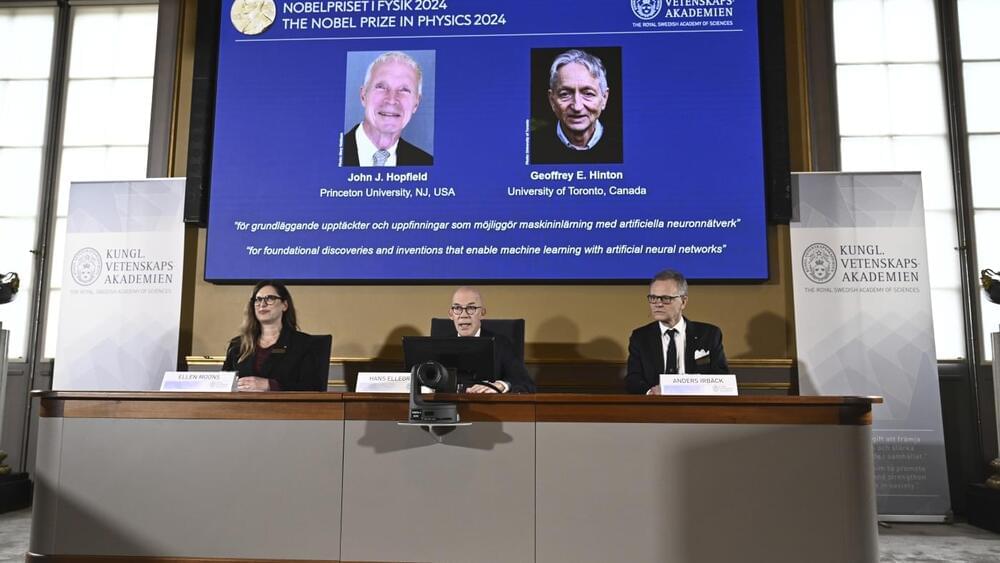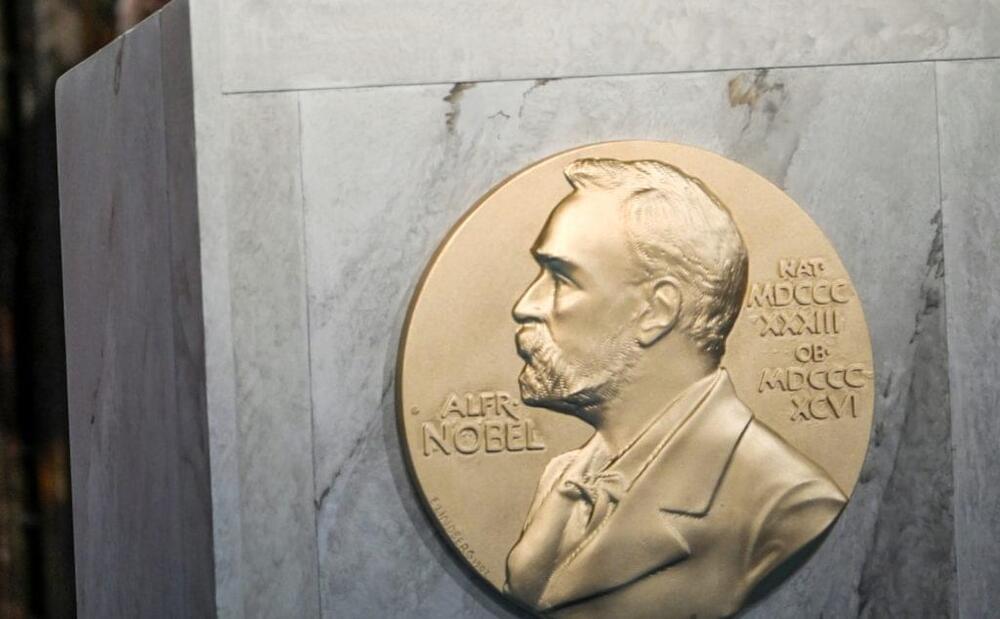Oct 9, 2024
Meet Geoffrey Hinton: Winner of the 2024 Nobel Prize in Physics
Posted by Chris Smedley in categories: physics, robotics/AI
University of Toronto professor Geoffrey Hinton has been awarded the Nobel Prize in Physics for his work in AI. Adrian Ghobrial has more.
Connect with CTV News:
For live updates and latest headlines visit: http://www.ctvnews.ca/
For breaking news, fast, download the CTV News App: https://www.ctvnews.ca/app.
Must-watch stories and full programs at http://www.ctvnews.ca/video.
Continue reading “Meet Geoffrey Hinton: Winner of the 2024 Nobel Prize in Physics” »

















